Ira Trivedi, wellness expert and founder of Yog Love, explains how these postures will help you stay calm and positive.
Regular yoga practice may help you stay peaceful and relaxed in everyday life, as well as provide you the strength to deal with life's ups and downs without becoming agitated.
Yoga practise should ideally incorporate all of the asanas (body postures), pranayama (breathing exercises) and meditation, all of which have helped several anxiety patients recover and face life with fresh positivity and vigour.
It may seem counterintuitive, but mental anxieties can be eased by exercising and putting physical stress on one's body.
Yoga releases endorphins, which helps to reduce tension and anxiety while also enhancing sleep and self-image.
As a result, people who practise yoga on a daily basis are less likely to suffer anxiety than those who do not, because the advantages of the asana are greatest when performed on a regular basis.
10 yoga poses for you to practice daily to stay calm and fight anxiety naturally.
1. Dhanurasana (Bow Pose)
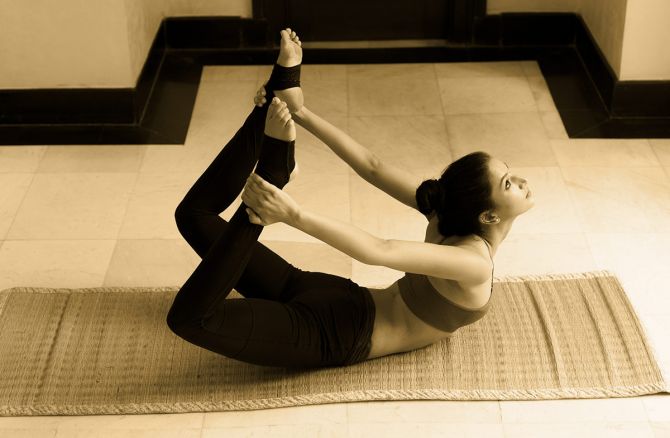
How to do it
- Lie face down.
- Bend your knees. You should be able to hold onto your ankles with your hands. Your knees should be hip-width apart.
- Inhale deeply. Lift your chest and your thighs off the floor.
- Hold this pose for 20 seconds.
- Exhale as you relax.
2. Vrikshasana (Tree Pose)
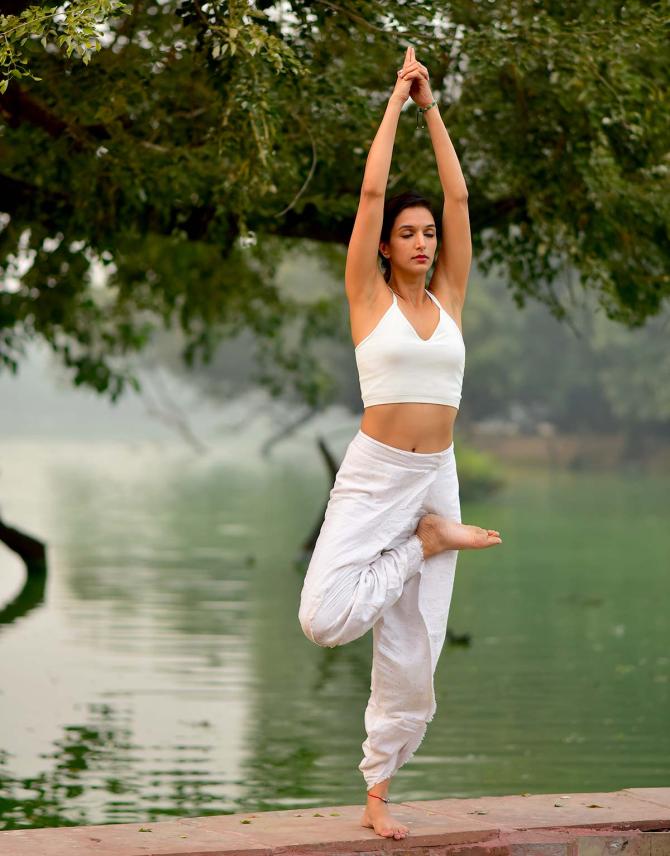
How to do it
- Stand with your arms to the side of your body.
- Bend your right knee and place your right foot on top of your left thigh. It should make a 90° angle with your left thigh.
- Inhale and raise both your arms over your head, joining palms together above your head in a namaste.
- Your body should be completely erect.
- Hold this position for a few breaths, as long as you can maintain your balance and then relax.
3. Marjariasana (Cat-Cow stretch)

How to do it
- Get down on your knees and palms. Keep your palms shoulder-width apart and knees hip-width apart.
- Inhale and raise your chin up while you tilt your head backward. At the same time, lower your spine so that it is curving inwards and towards the floor (in a concave shape).
- Hold this position for a few seconds.
- Exhale, bringing your chin down, and also arch your back upwards.
- Hold this position for a few seconds.
4. Matsya Kridasana (Flapping Fish Pose)

How to do it
- Lie down on your stomach. Interlock your fingers to create a pillow, and rest the right cheek gently on your hands.
- Bring your left knee up toward your elbow and shift the position of the hands, pulling the elbow closer to the knee.
- Relax and breathe.
- Repeat on the other side.
5. Ustrasana (Camel Pose)
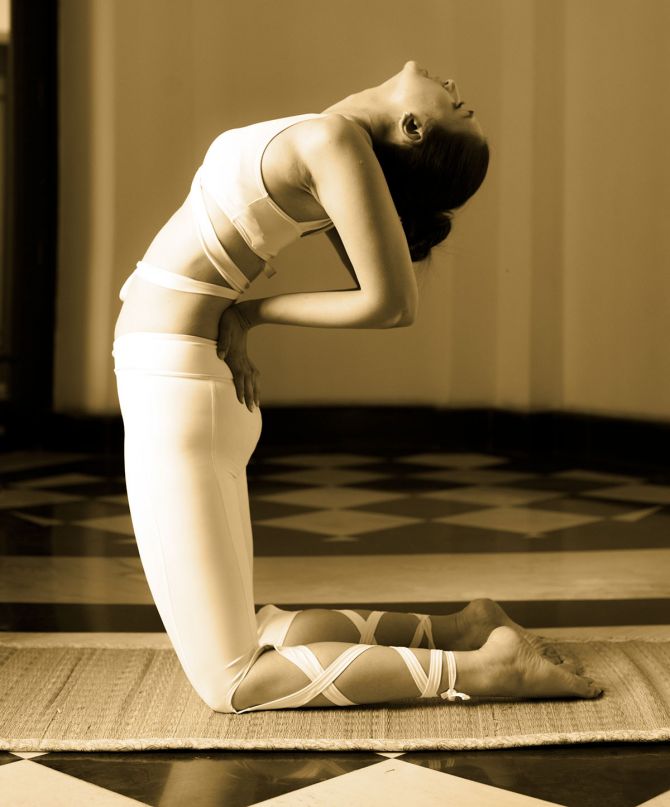
How to do it
- Start in a kneeling position with your hands on your lower back for support.
- Slowly bend backward, engaging the core.
- Drop the head back and tilt the chin towards the ceiling, continuing to breathe deeply.
6. Baddha Konasana (Butterfly Pose)

How to do it
- Sit up with your legs extended in front of you.
- Bending both your knees, bring the soles of both feet together and grab the big toes.
- Keep your back straight, flap the thighs up and down to mimic a butterfly’s wings.
- As you inhale and exhale, you should be able to pull your feet closer toward the body and relax deeper into the pose.
7. Trikonasana (Triangle Pose)
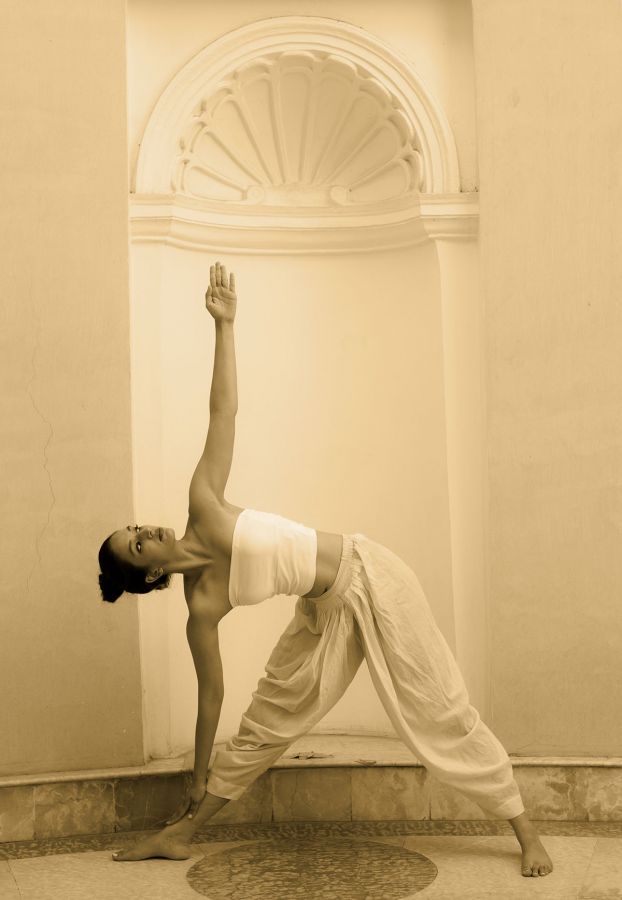
How to do it
- Stand with feet wide apart.
- Inhale and stretch your arms parallel to the floor.
- While exhaling, extend and bend on your right side, bringing your right hand towards the right foot. Your left arm should be stretched straight towards the sky.
- Hold this position for a few seconds.
- Relax and repeat on the left side.
8. Adho Mukha Svanasana (Downward Dog Pose)
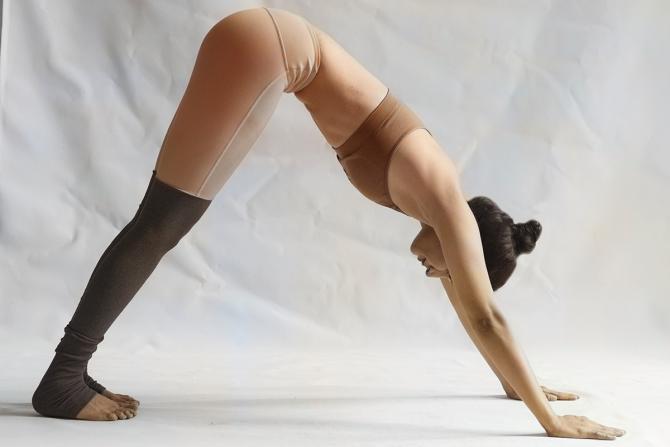
How to do it
- Come on your hands and your knees. Keep your knees directly below your hips and hands a little in front of your shoulders.
- Lift your knees from the floor, making your legs straight and pushing your hips upwards and back. Keep your arms straight with palms flat on the ground. The head should be between the arms.
- Your body should form an upside-down V shape.
- Breathe deeply and hold this pose for a few seconds before relaxing.
9. Shavasana (Corpse Pose)

How to do it
- Lie down on your back with legs apart. Keep your palms a little away from your body and facing upwards. Make sure you are comfortable.
- Close your eyes.
- Focus on your body and breathing while you relax. Breathe deeply and slowly.
- Hold this position for 10 minutes.
10. Yog Nidra
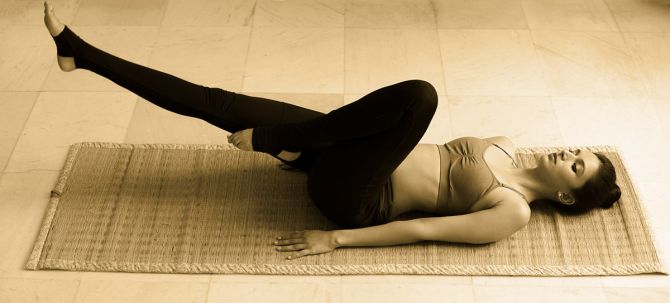
How to do it
- Lie down in shavasana. Spend a few minutes paying attention to your breath and relaxing your body and mind.
- You now have to focus on each part of your body, starting from your toes and moving up to your head.
- Focus on your toes. Bring your attention to your toes. Scrunch them up. Release.
- Now tense up both your feet. Life them an inch off the ground. Bring them down. Relax.
- Focus on the muscles in your calves. Tense them up. Relax.
- Focus on your knees. Bring your attention to your knees. Relax.
- Focus on both your legs. Tense them up. Lift them an inch off the ground. Relax.
- Focus on your tummy. Tense up all your tummy muscles. Relax.
- Focus on your back. Feel your back muscles. Relax.
- Scrunch your shoulders up to your ears. Tense them up. Relax.
- Make your hands into tight fists. Squeeze all the muscles in your arms. Raise your arms an inch off the ground. Relax.
- Close your eyes. Scrunch your nose, forehead, and lips, making a ball of your face. Open your mouth, make a sighing sound. Relax.
- Take a few seconds to pay attention to every part of your body and relax. Stay in shavasana for a few minutes. Relax.
Lay down in the yoga nidra position at the end of your session to offer your mind and body a few minutes of deep relaxation.
The approach aids in the removal of body toxins, which are a major cause of stress.
Regular practice of these yoga asanas can really bring about a major transformation in your life and mood. Along with this, you must also practice meditation.
Meditation is a great way to unwind a harried mind and restore your sense of quiet and peace.
It will also help you become more aware of how your mind works and assist you in not becoming overly concerned or stressed about the uncertain future.
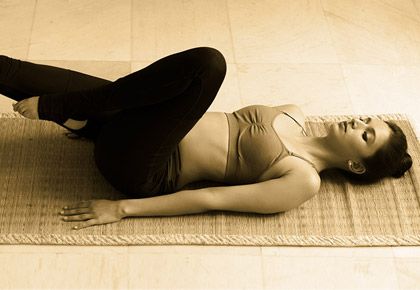
Disclaimer: All content and media herein is written and published online for informational purposes only. It is not a substitute for professional medical advice. It should not be relied on as your only source for advice.
Please always seek the guidance of your doctor or a qualified health professional with any questions you may have regarding your health or a medical condition. Do not ever disregard the advice of a medical professional, or delay in seeking it because of something you have read herein.
If you believe you may have a medical or mental health emergency, please call your doctor, go to the nearest hospital, or call emergency services or emergency helplines immediately. If you choose to rely on any information provided herein, you do so solely at your own risk.
Opinions expressed herein cannot necessarily provide advice to fit the exact specifics of the issues of the person requesting advice.



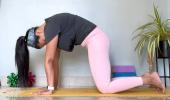




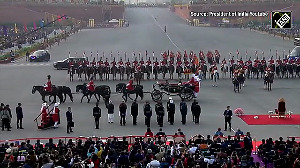
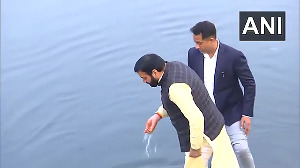

 © 2025
© 2025